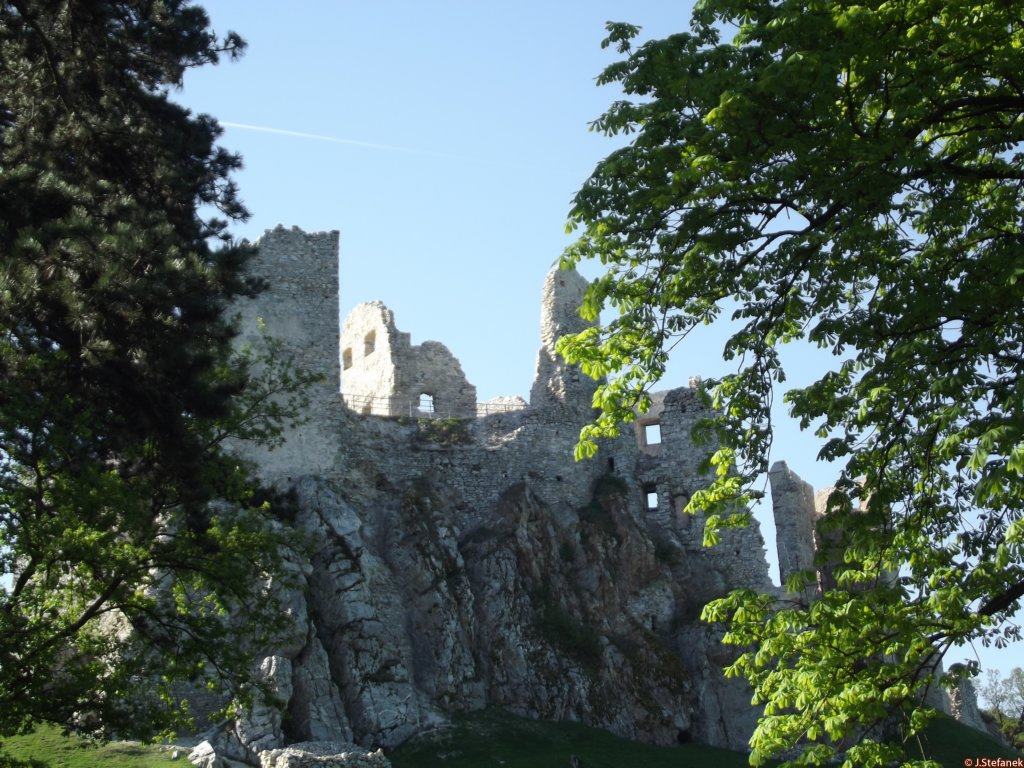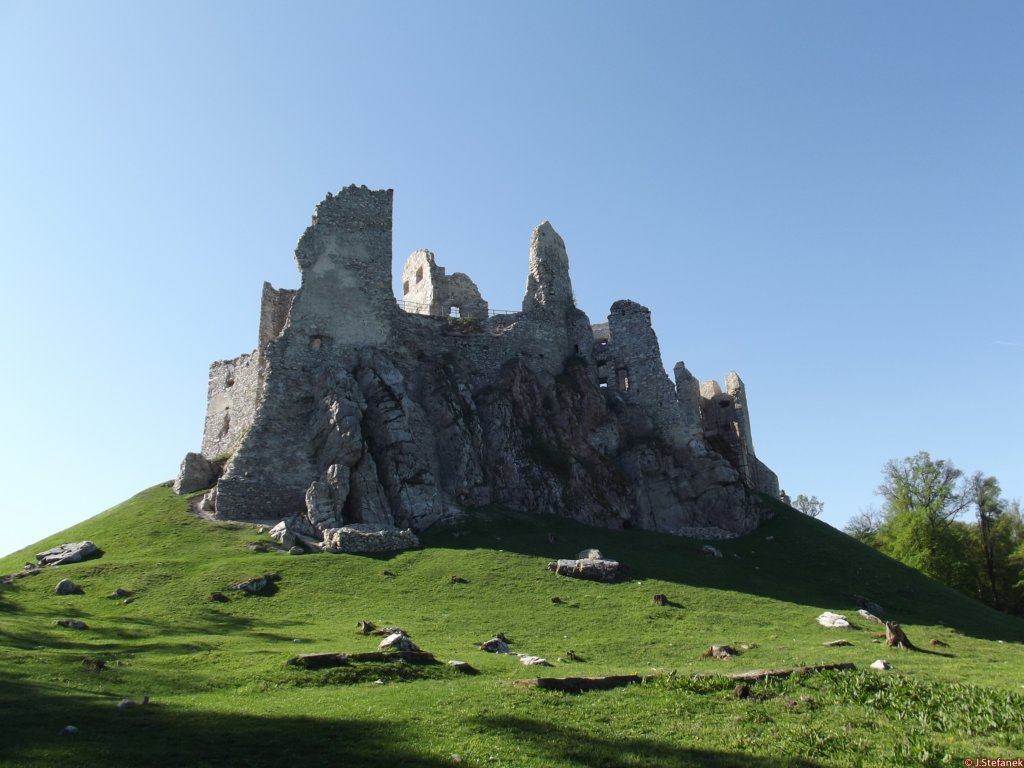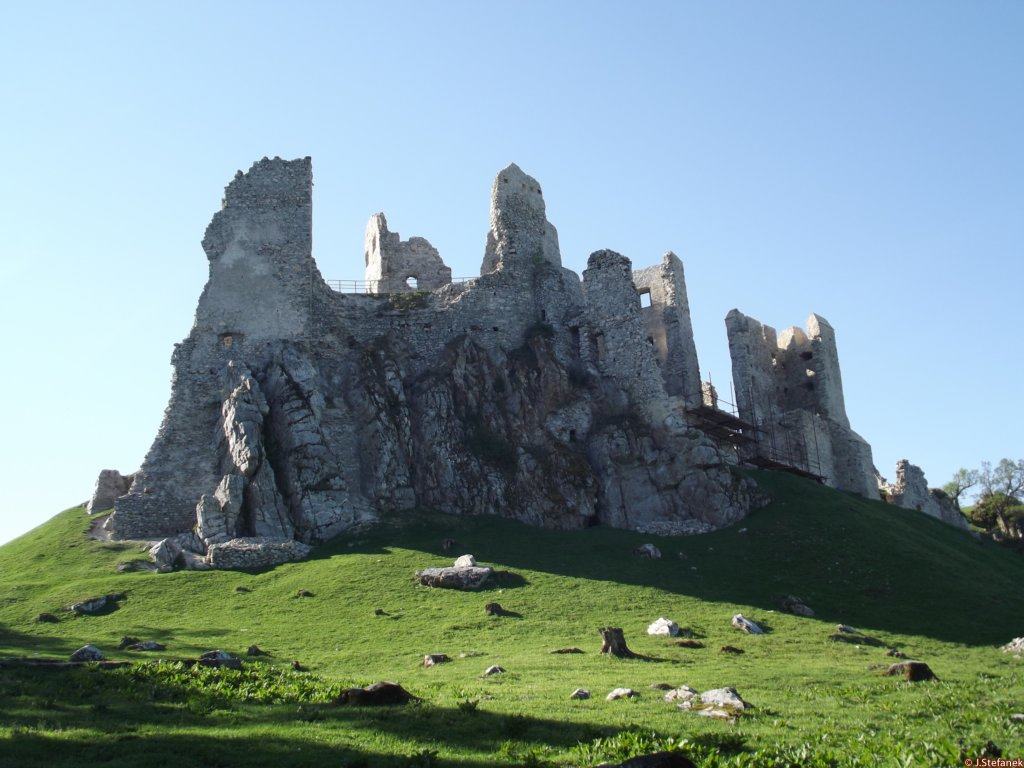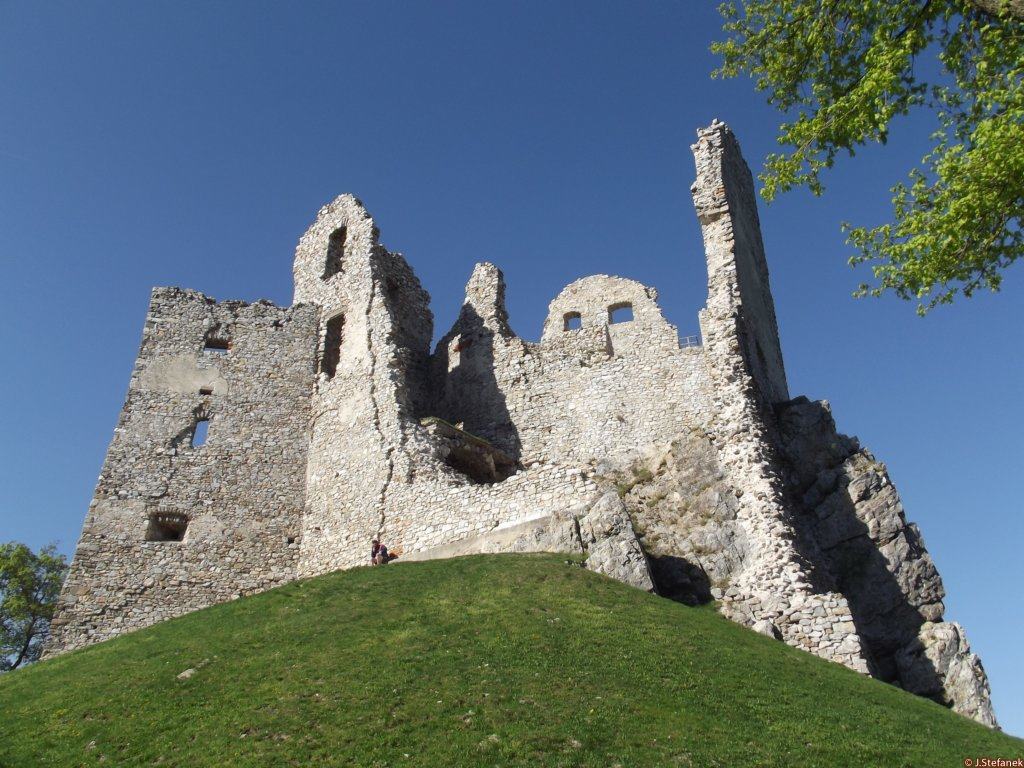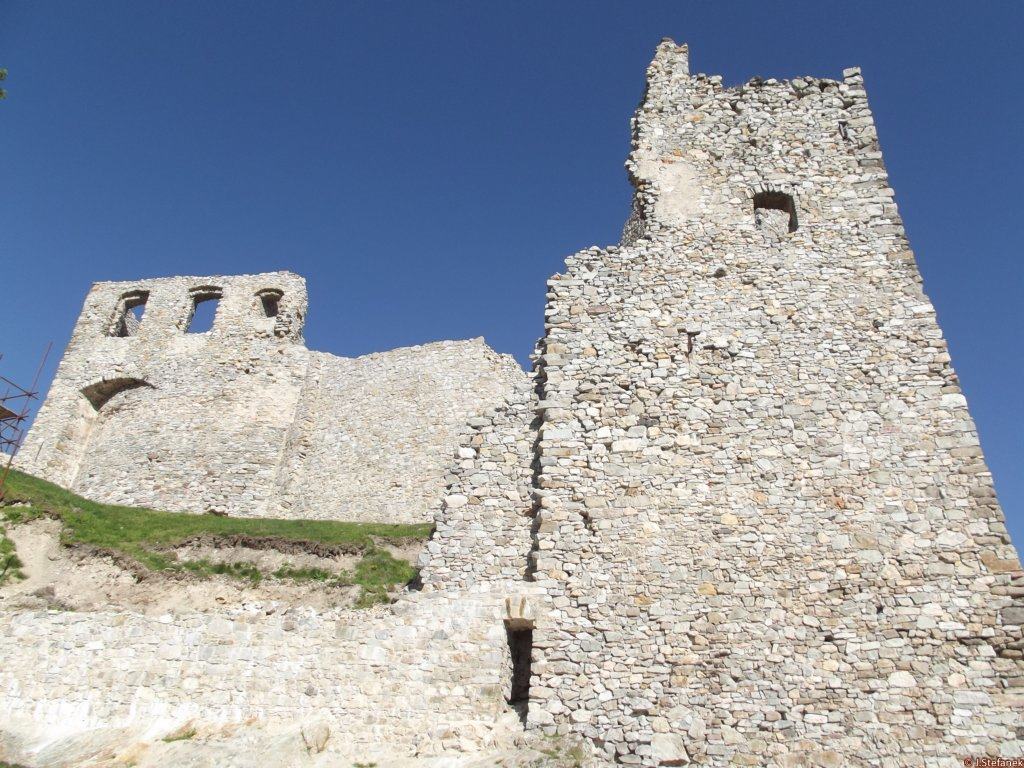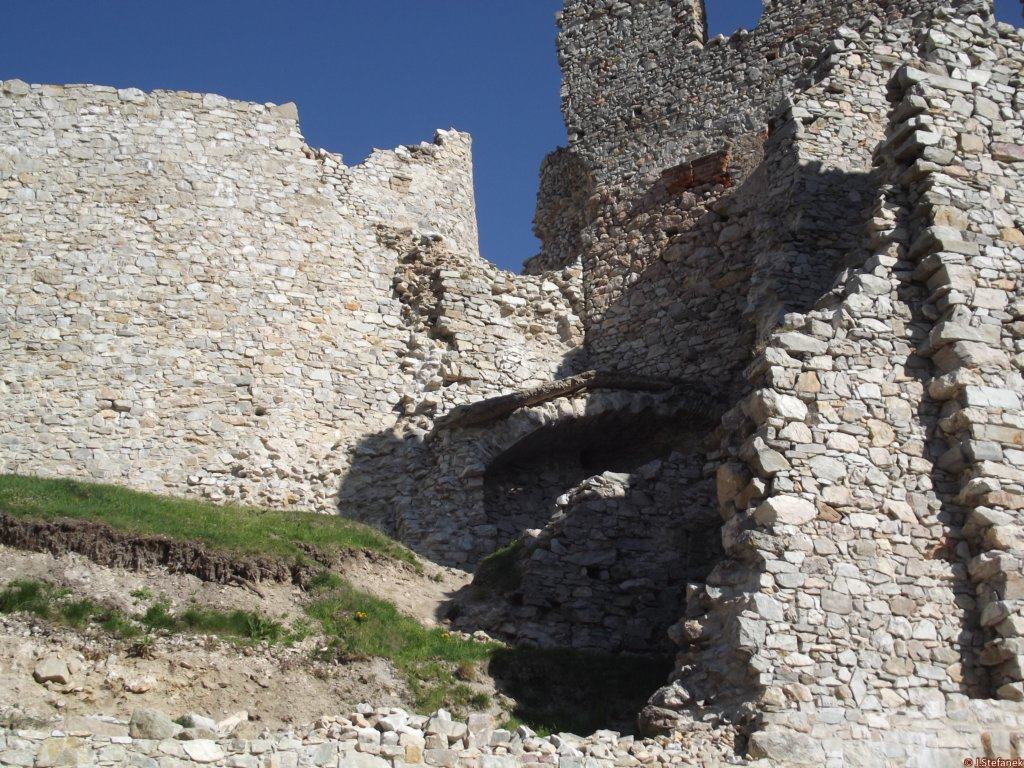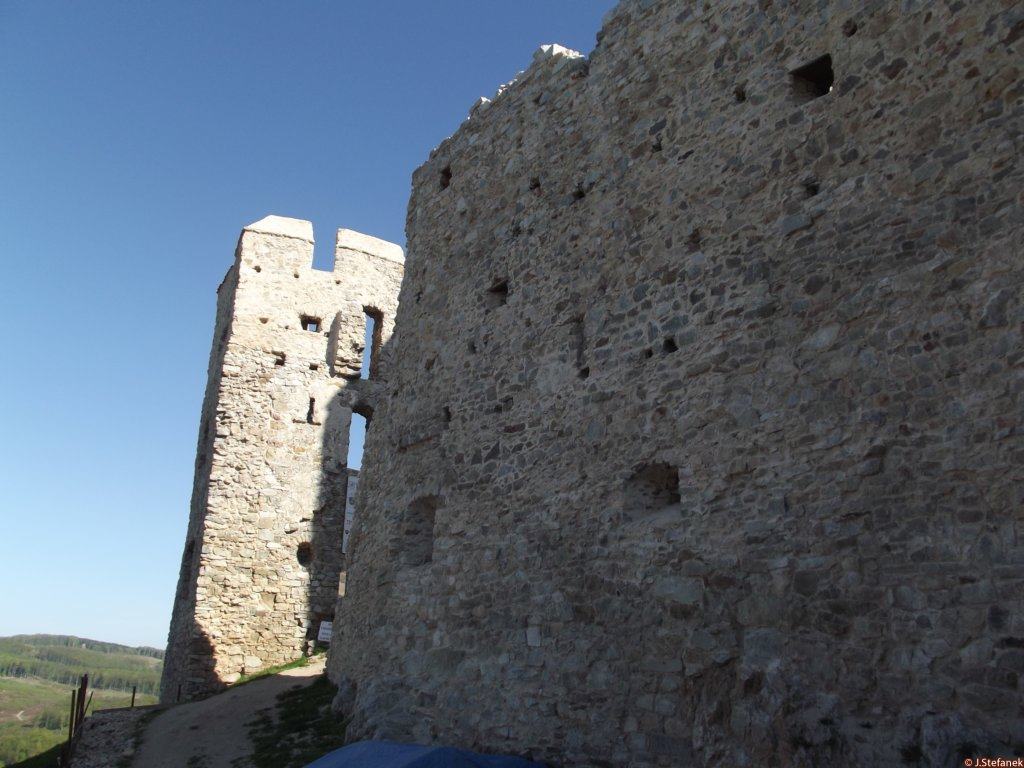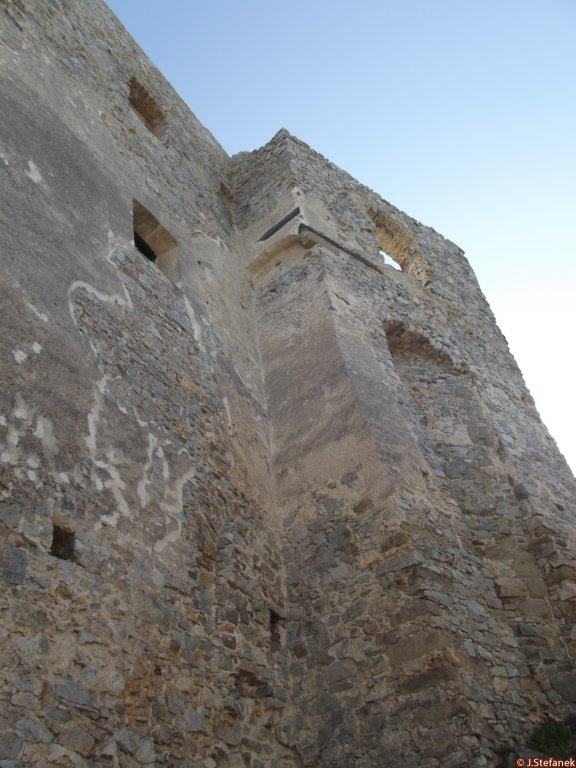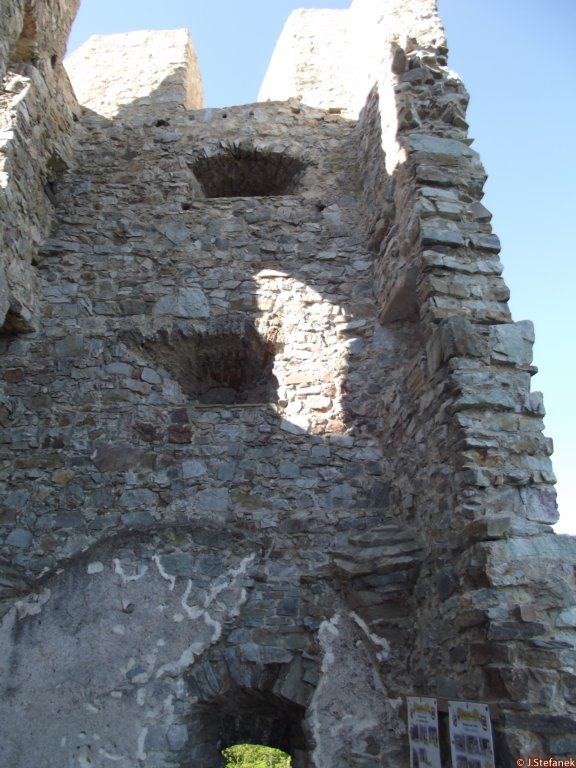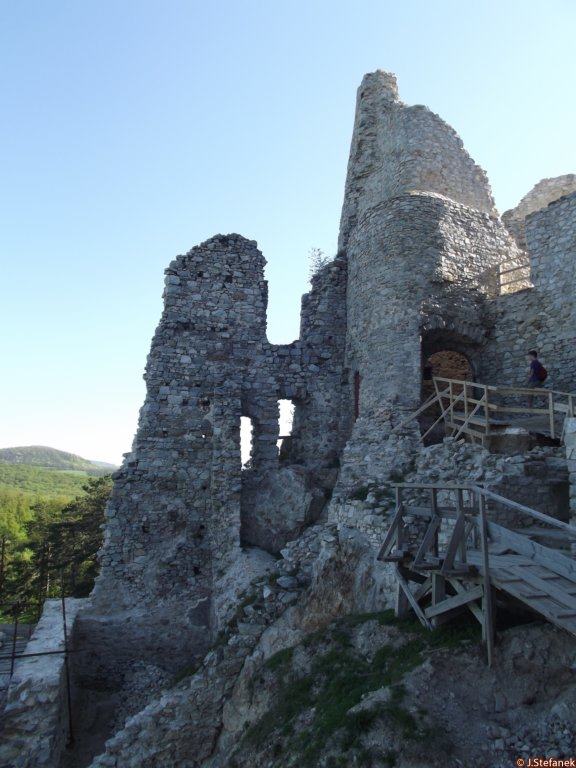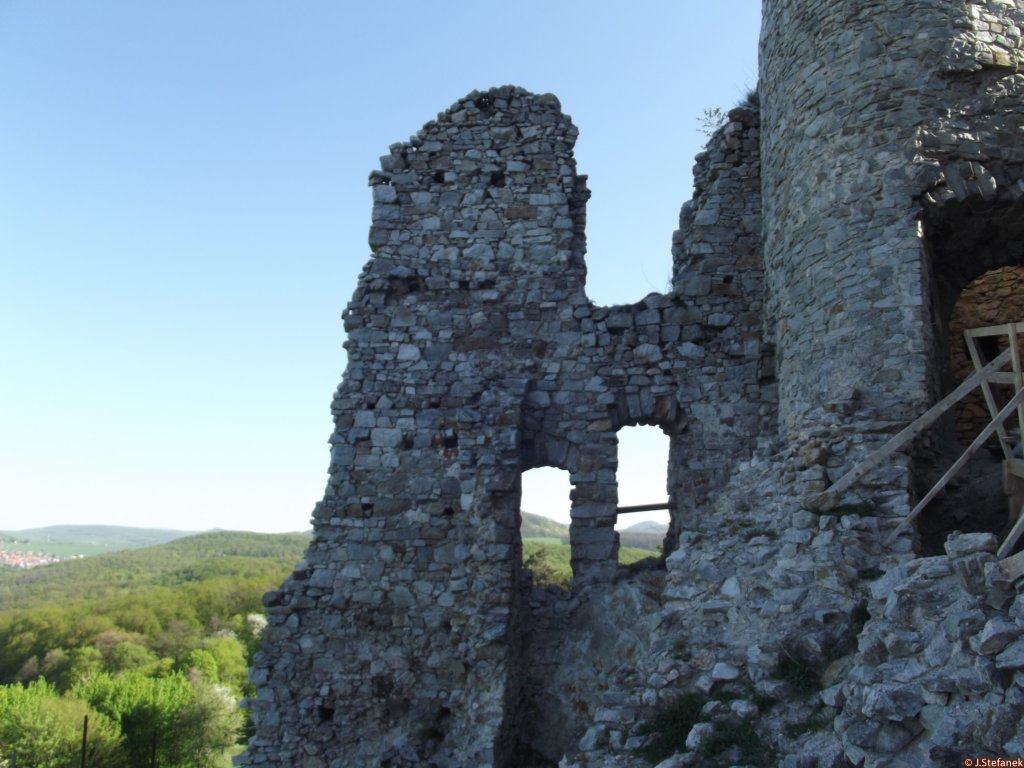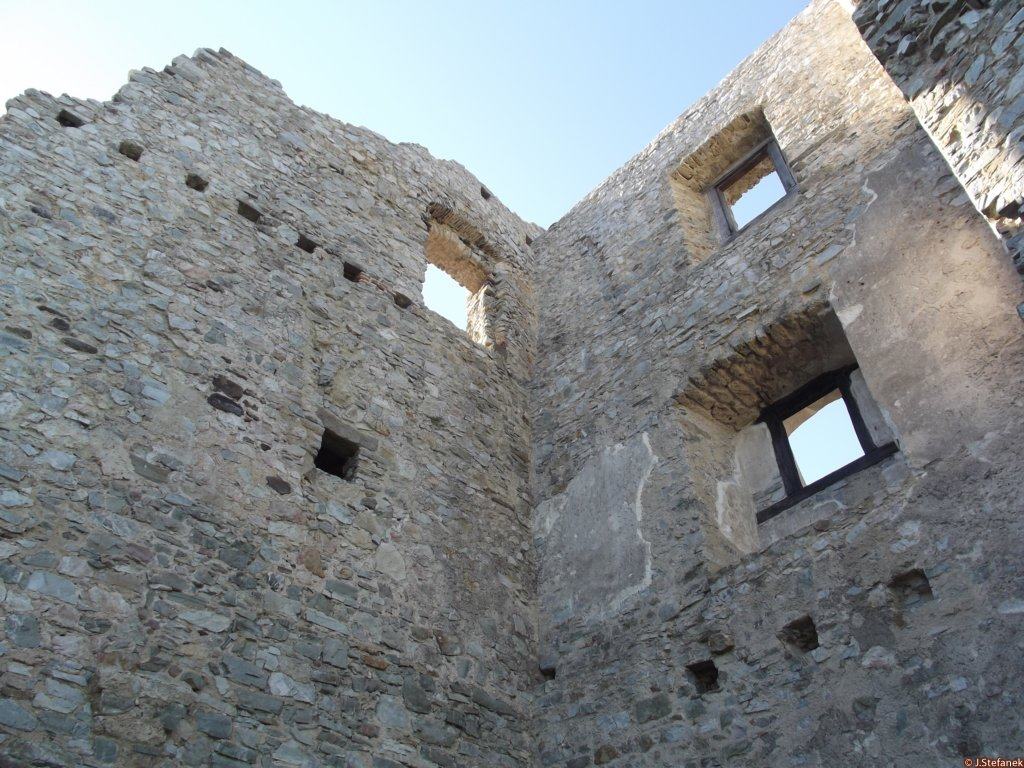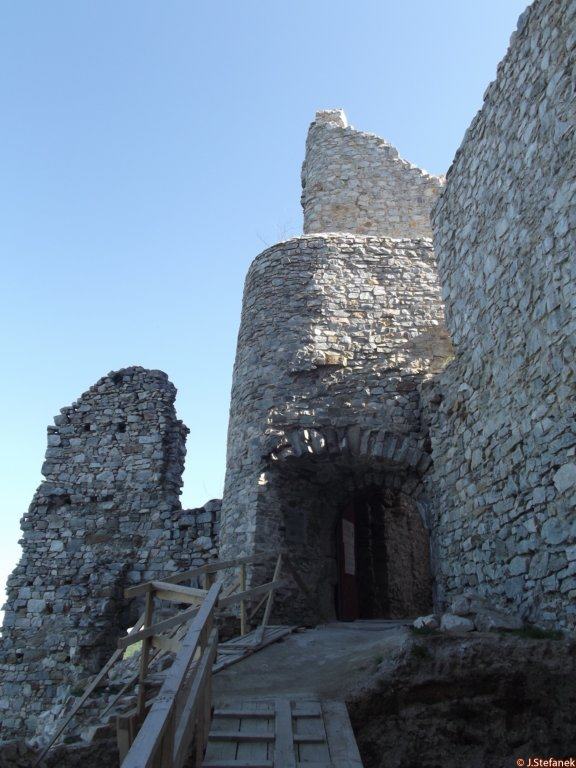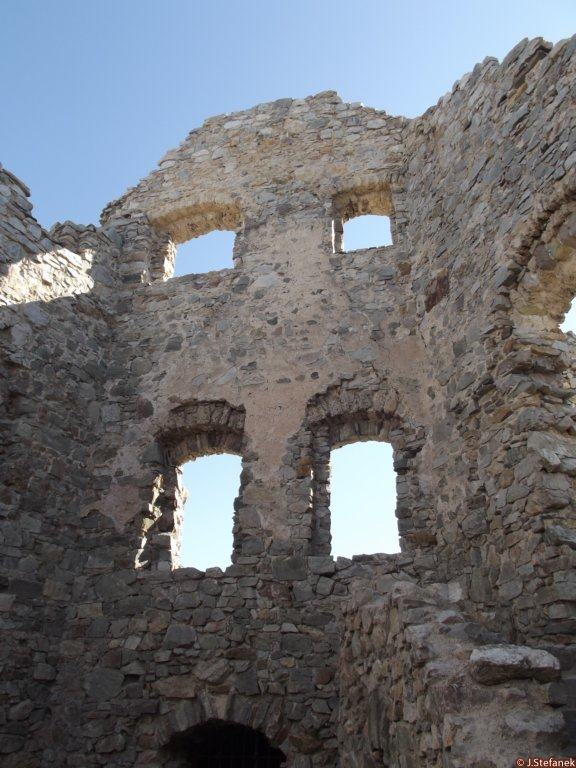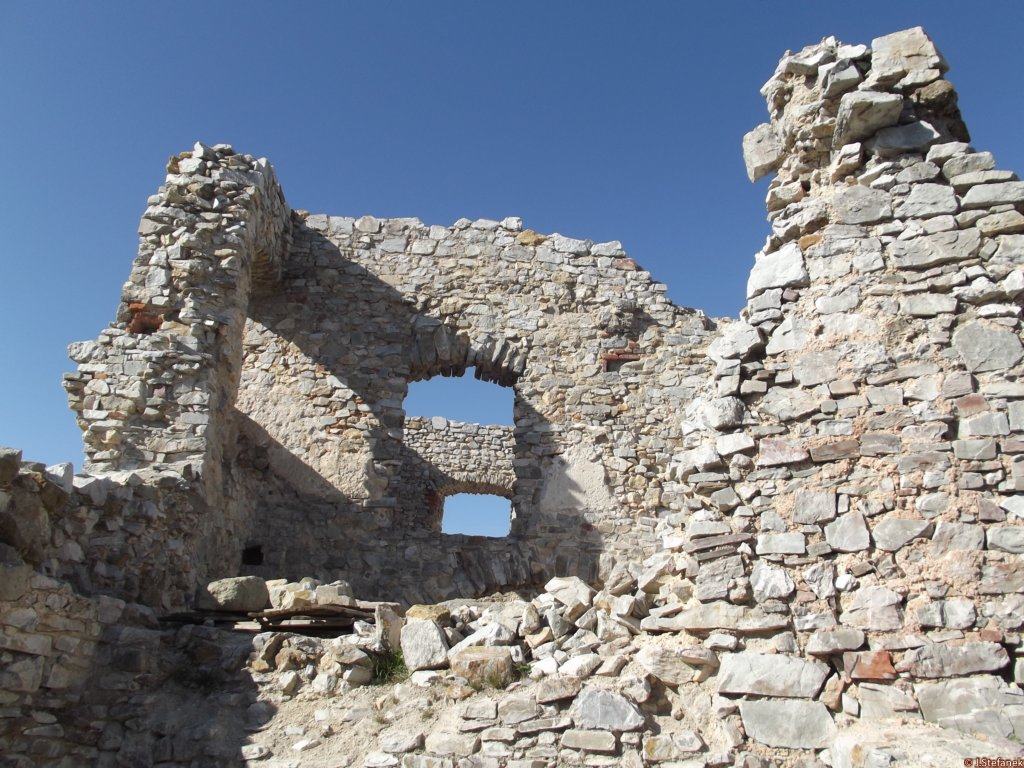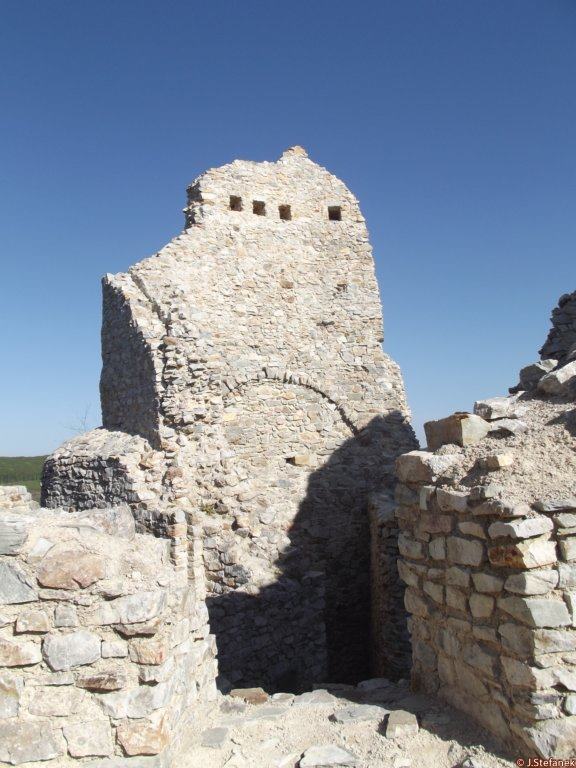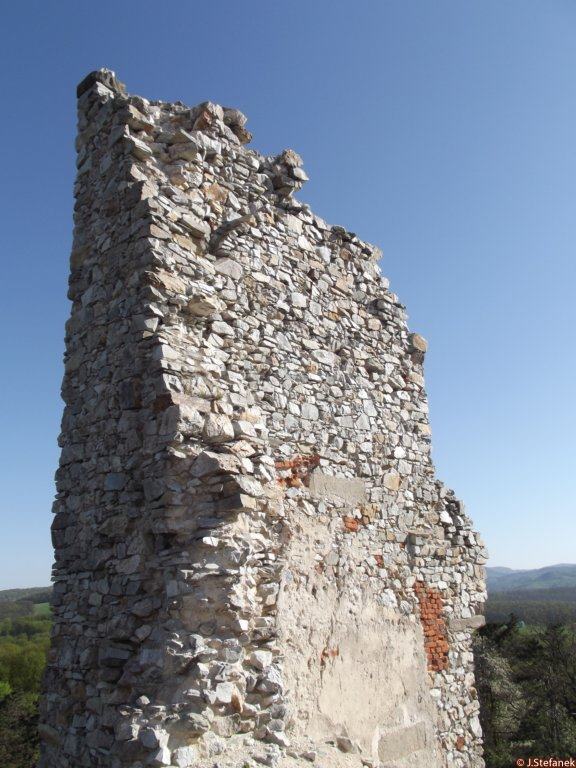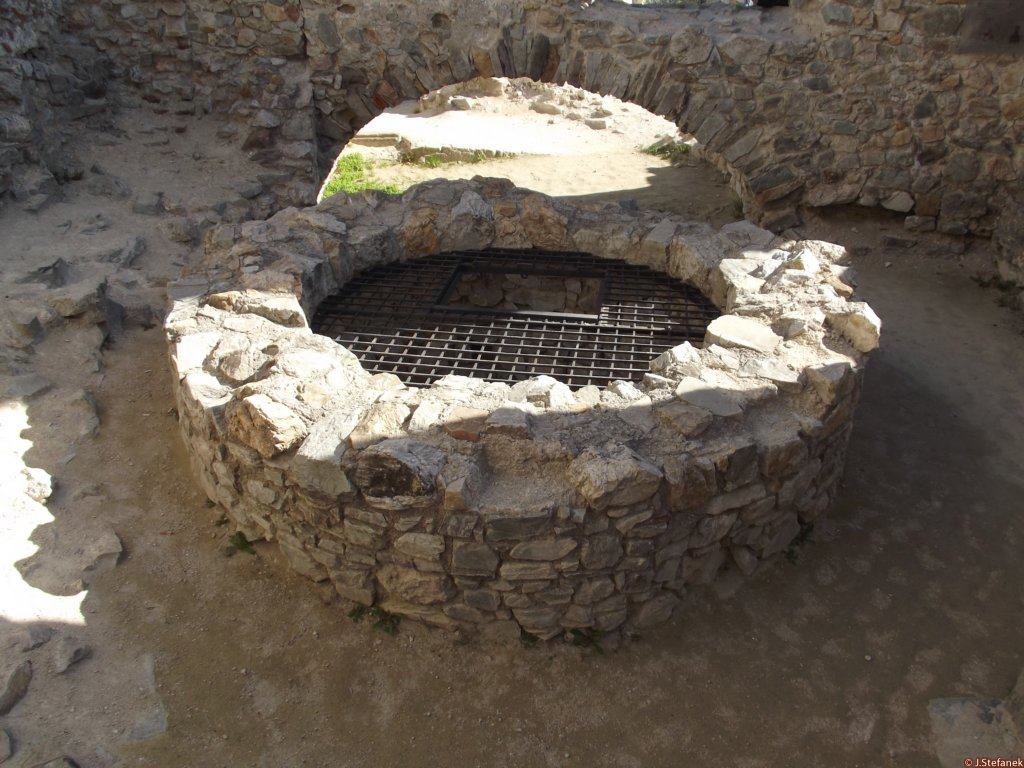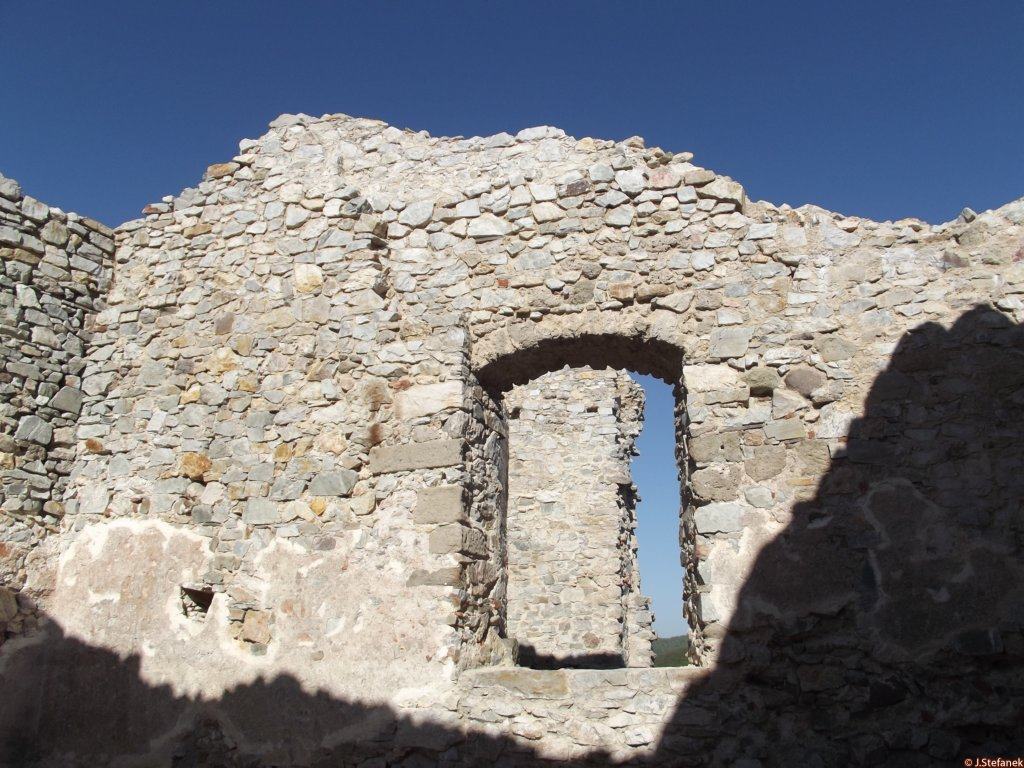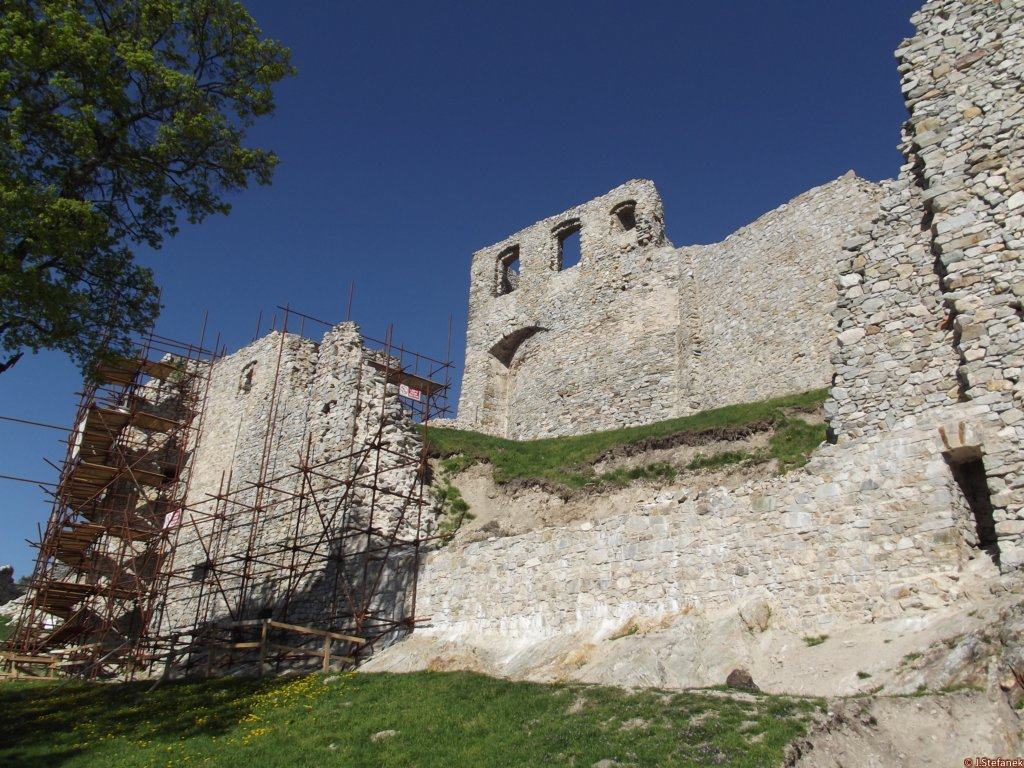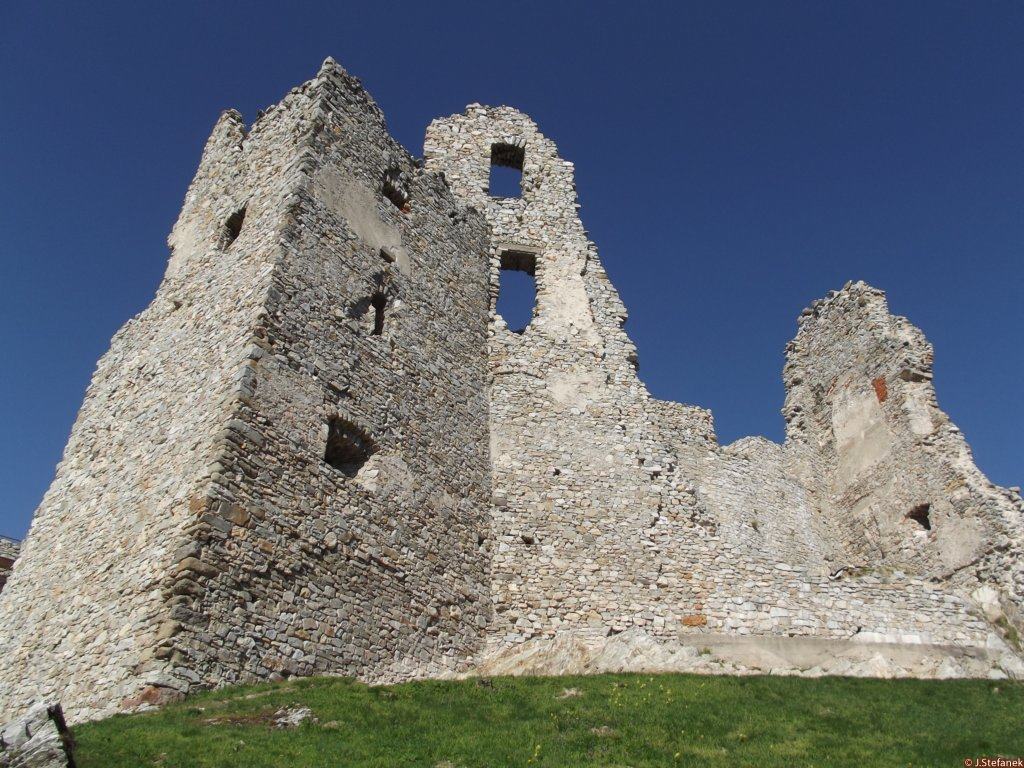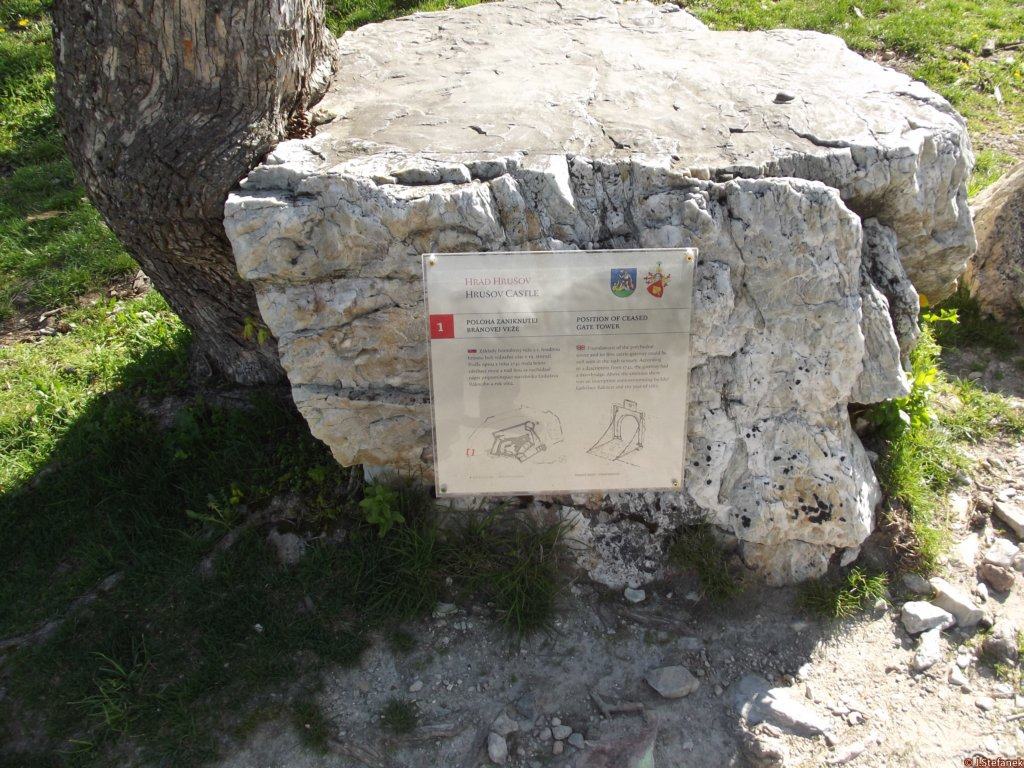Hrušov
Hostie Nitra county Slovakia
castle ruin
Hrušov
Hostie Nitriansky kraj Slovakia
zrúcanina hradu
The ruins of the castle on the top of the quartzite ridge of the Tríbeč mountain, about 2.5 km south of the village of Skýcov
Zrúcanina hradu na strednom vrchole kremencového hrebeňa pohoria Tríbeč, asi 2,5km na juh od obce Skýcov
Previous names
Horsov, Hurusow, Hwrso, Horossow, Hurusou, Hrussó
Roads
Trasa 1: Easiest access to Hrušov Castle is from the parking lot right near the main road between Topoľčianky and Skýcov. There is a small detour from the road and then there is a parking lot, before the entry ban. There is also a bus stop on the way to this point. From the parking lot we will take a shortcut through the forest - a red route - right next to the information board. Don't be discouraged by a little steeper start, it is nothing unmanageable. From the parking lot, however, you can also walk comfortably on a slightly longer path around the asphalt to the crossroads and from there a few meters along the green route to the castle.
Trasa 1: Najjednoduchšý prístup k hradu Hrušov je z parkoviska hneď pri hlavnej ceste medzi Topoľčiankami a Skýcovom. Je tu malá odbočka od cesty a hneď potom sa nachádza parkovisko, ešte pred zákazom vjazdu. Pri ceste v tomto bode sa nachádza aj autobusová zastávka. Od parkoviska pôjdeme skratkou cez les - červenou TZT - hneď pri informačnej tabuli. Trochu strmší začiatok nech vás neodradí, nie je to nič nezvládnuteľné. Z parkoviska však môžeme ísť aj pohodlnejšou o trochu dlhšou cestou okolo po asfaltke až k rázcestiu a odtiaľ pár metrov po zelenej TZT k hradu.
Trasa 2: Another access option is from the village of Skýcov. At the beginning of the village (from Topoľčianky) we can park the car right next to the first house in a smaller area by the road. From there we take an opposite narrow path between the houses. We go through the metal gate and continue along the green hiking trail through the forest. After a while we leave the forest to the meadow, where we can continue to the crossroads Lúky pod Kruhom and connect even a longer red TZT, but we can shorten the path if before the crossroads as soon as we leave the forest, go right and after a while again we enter the forest in the direction of the castle.
Trasa 2: Ďalšou z možností prístupu je z obce Skýcov. Na začiatku obce (od Topoľčianok) môžeme odstaviť auto hneď pri prvom dome na menšom priestore pri ceste. Odtiaľ sa vyberieme úzkou cestičkou oproti popri rodinných domoch. Prejdeme cez kovovú bránu a pokračujeme po zelenej turistickej trase cez les. Po istom čase vyjdeme z lesa na lúku, kde síce môžeme pokračovať ďalej až po rázcestie Lúky pod Kruhom a napojiť sa na dlhšiu červenú TZT, avšak cestu si môžeme skrátiť, ak ešte pred rázcestím hneď ako vyjdeme z lesa, pôjdeme vpravo a po chvíli opäť vstúpime do lesa v smere na hrad.
Description
The castle area has an approximately oval ground plan and consists of the first and second bailey and the inner castle. There is a massive wall around the castle core. The smaller inner courtyard is surrounded by a palace on the eastern side and on the opposite side there is a building with a firing area. On the southern side of the inner castle there is an outside castle tower with a hint of a circular tank. The inner castle adjoins the first bail with the outer walls and on the south and east side is the second bail.The castle is in care of the civic association Leustach. The castle has been undergoing reconstruction work for many years, the walls and many buildings have been stabilized. Although the castle is a ruin, it is in very good condition and ready for tourists.
Areál hradu má približne oválny pôdorys a tvorí ho prvé a druhé predhradie a vnútorný hrad. Okolo hradného jadra sa nachádza masívna hradba. Menšie vnútorné nádvorie je z východnej stranky obstavané palácom a na opačnej strane sa nachádza budova so strieľňou. Na južnej strane vnútorného hradu je zvonku pristavená hradná veža s náznakom kruhovej cisterny. K vnútornému hradu prilieha prvé predhradie s vonkajšími hradbami a na južnej a východnej strane sa nachádza druhé predhradie.O hrad sa stará občianske združenie Leustach. Na hrade už dlhé roky prebiehajú rekonštrukčné práce, stabilizovali sa múry a mnohé objekty, hrad je napriek tomu, že je ruinou, celkovo vo veľmi dobrom stave a pripravený pre turistov.
Plan

Legend to the ground plan
- 1 - courtyard of the upper castle
- 2 - original entrance
- 3 - palace wing
- 4 - defensive tower with a cistern
- 5 - first fort
- 6 - corner bastions
- 7 - western renaissance palace
- 8 - eastern renaissance palace
- 9 - entrance area on upper castle
- 10 - cannon bastion
- 11 - farm building
- 12 - second castle
Legenda k pôdorysu
- 1 - nádvorie horného hradu
- 2 - pôvodný vstup
- 3 - palácové krídlo
- 4 - obranná veža s cisternou
- 5 - prvé predhradie
- 6 - nárožné bašty
- 7 - západný renesančný palác
- 8 - východný renesančný palác
- 9 - vstupný priestor na horný hrad
- 10 - delová bašta
- 11 - hospodárska budova
- 12 - druhé podhradie
History
No exact records of the origin of the castle are kept, but in the document from 1293 the path leading under the village Hrušov is indirectly mentioned. The first mention of the Hrušov castle belongs to a castellan Ladislav from 1316, whom Matúš Čák imprisoned and tortured for treason. Since he was still in Matúš's service in 1308, historians assume the Čák family were the builders of the castle. The main function of the castle was to guard the trade route connecting Požitavie with Ponitrie.
After the death of Matúš Čák in 1321, the castle belonged to the Levický family, later it fell into the hands of the royal castellans and after 1369 it had several temporary owners or tenants. From 1387, the castle became an aristocratic property.
During the anti-royal conspiracy in 1403, at a time when the castle was forcibly held by the Kanizsians, it was conquered from the newly built fortifications opposite the castle under the leadership of Petr Forgách. After 1446, the castle was extensively restored during the tenure of the lords of Záblatie. From 1504 to 1550 the castle was owned by a wealthy Salcer family from Záblatie. Beginning with Ján, members of the family used the surname Hrušovský. Thanks to them, the castle was fortified and expanded with living space.
The castle was forcibly seized by the lords of Topoľčianky. In 1554, Juraj and Tomáš of Topoľčianky managed to acquire the castle into hereditary ownership and, in addition, unite the Hrušov and Topoľčianky estates. After the extinction of the Topoľčiansky family from 1615, the Hungarian King Matej II. sold the castle to Ladislav Pethe. Later, in the marriage of his daughter Anna and Pavel Rákóczi in 1624, it became one of the most influential Hungarian families´ properties.
Sometime at the beginning of the 17th century, the south-eastern fort was extended by a new wall with a sharp corner, which was completed in 1662 by Ladislav Rákóczi.
In 1708, during the anti-Habsburg uprising, the castle was conquered by the imperial army and destroyed so that it could no longer serve the insurgents.
The crumbling ruin was stabilized by a more extensive conservation in the years 1928-30 at the initiative of President T.G. Masaryk, whose monument can be seen ascending the castle. Since 2004, the Leustach civic association has been trying to save the castle, which has significantly contributed to its conservation and stabilization.
O vzniku hradu nie sú vedené presné záznamy, no v listine z r.1293 sa nepriamo spomína cesta vedúca popod Horsov v klížskej listine, ktorá je však falzifikátom z obdobia okolo roku 1330. Prvá zmienka o hrušovskom kastelánovi Ladislavovi z rodu Péčovcov pochádza až z roku 1316, keď ho pre zradu väznil a mučil Matúš Čák. Keďže ešte v roku 1308 bol v Matúšových službách, historici predpokladajú Čákovcov ako staviteľov hradu. Hlavnou funkciou hradu bolo stráženie obchodnej cesty spájajúcej Požitavie s Ponitrím.
Po smrti Matúša Čáka v r.1321 hrad patril rodine Levických, neskôr sa dostal do rúk kráľovských kastelánov a po r.1369 mal niekoľkých dočasných vlastníkov alebo nájomníkov. Od roku 1387 sa hrad stáva šľachtickým majetkom.
Počas protikráľovského sprisahania v roku 1403, v čase, keď hrad násilne držali Kanizsaiovci, bol pod vedením Petra Forgácha násilne dobýjaný z novopostaveného opevnenia oproti hradu. Po r.1446 došlo k rozsiahlej obnove hradu za držby pánov zo Záblatia a neskôr z Topoľčianok. V r.1504 až 1550 hrad vlastnila zámožná rodina Salcerovcov zo Záblatia. Počnúc Jánom, príslušníci rodu používali prímenie Hrušovský. Ich zásluhou bol hrad lepšie opevnený a rozšírený o obytné priestory.
Hradu sa potom násilne zmocnili páni z Topoľčianok. V r.1554 sa Jurajovi a Tomášovi z Topoľčianok podarilo získať hrad do dedičného vlastníctva a navyše spojiť hrušovské a topoľčianske panstvo. Po vymretí rodiny Topoľčianskovcov od r.1615 uhorský kráľ Matej II. predal hrad Ladislavovi Petheovi. Neskôr sa sobášom jeho dcéry Anny s Pavlom Rákóczim v r.1624 majetky dostali do vlastníctva jedného z najvplyvnejších uhorských rodov.
Niekedy na začiatku 17. storočia docšlo k rozšíreniu juhovýchodného predhradia novou hradbou s ostrým nárožím, ktorú v r.1662 ukončil Ladislav Rákóczi.
V r.1708 počas protihabsburského povstania hrad dobylo cisárske vojsko a došlo k jeho zničeniu, aby už nemohol slúžiť povstalcom.
Rozpadávajúcu sa zrúcaninu stabilizovala až rozsiahlejšia konzervácia v rokoch 1928-30 z podnetu prezidenta T.G.Masaryka, ktorého pamätník je možné vidieť pri výstupe na hrad. Od r.2004 sa o záchranu hradu snaží občianske združenie Leustach, ktoré významnou mierou prispelo k jech konzervácii a stabilizácii.
Myths and legends
The rumour says
After the lost battle of the Kurucs near the town Trenčín, the Labans rolled over to Hrušov and the frightened Mrs. Rákóczi, losing her balance, jumped out of the tower window. The benevolent lady was captured by angels in the summer and hid in a short distance near Topoľčianky.
Hrušov treasures
Treasures were hidden in three barrels in the cellars under the ruins of Hrušov. One was guarded by a huge crayfish, the other by a snake, and on the third a rooster sat. Once upon a time, a shepherd was chosen and his friends dropped him underground on the rope. However, when he wanted to take gold money from the first barrel, the rooster started screaming, the snake hissed angrily, and the crayfish cut the rope with loud claws that held a huge weight above the first barrel. It fell on the shepherd with all its weight. Since then, no one has ventured to enter the Hrušov castle underground.
Povráva sa
Po prehratej bitke kurucov pri Trenčíne labanci sa dovalili k Hrušovu a vystrašená pani Rákóczi, stratiac rozvahu, vyskočila z okna veže. Dobrotivú paniu zachytili v lete anjeli a zratovanú ju ukryli neďaleko Topoľčianok. Vytkla si iba malíček.
Hrušovské poklady
V pivniciach pod zrúcaninami Hrušova boli v troch sudoch ukryté poklady. Jeden strážil obrovský rak, druhý had a na treťom sedel kohút. I raz sa vybral za cennosťami jeden pastier, ktorého kamaráti na povraze spustili do podzemia. Avšak keď si chcel z prvého suda nabrať zlaté peniaze, kohút spustil krik, had zlostne zasyčal a rak ozrutnými klepetami prestrihol lano, ktoré držalo obrovské závažie nad prvým sudom. To celou svojou váhou padlo na pastiera a rozmliaždilo ho na placku. Odvtedy sa do hrušovského podzemia už nikto neodvážil.
Useful information
The ruins are freely accessible
Zrúcanina je voľne prístupná
Nearby castles

Skýcov
Skýcov
2.8km
manor, mansion
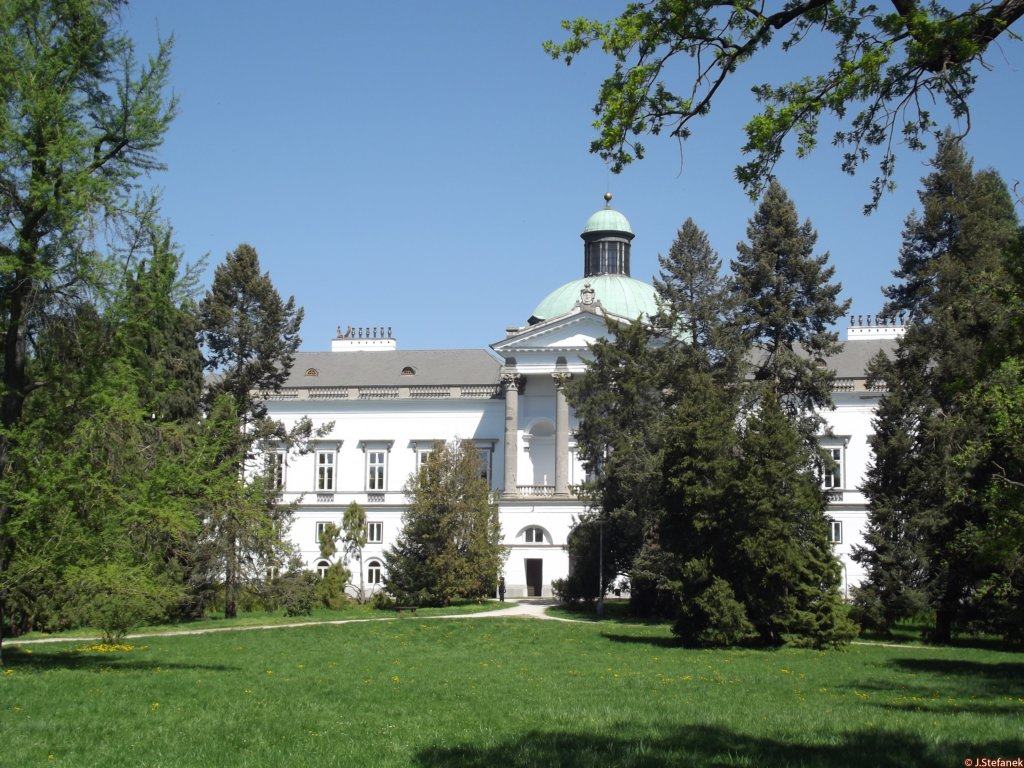
Topoľčianky chateau
Topoľčianky
6.4km
manor, mansion
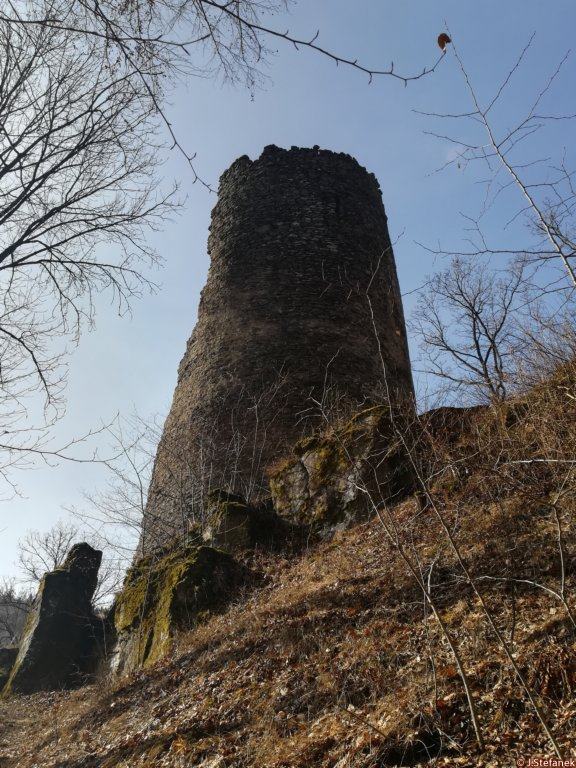
Živánska veža
Jedľové Kostoľany
7.0km
watchtower
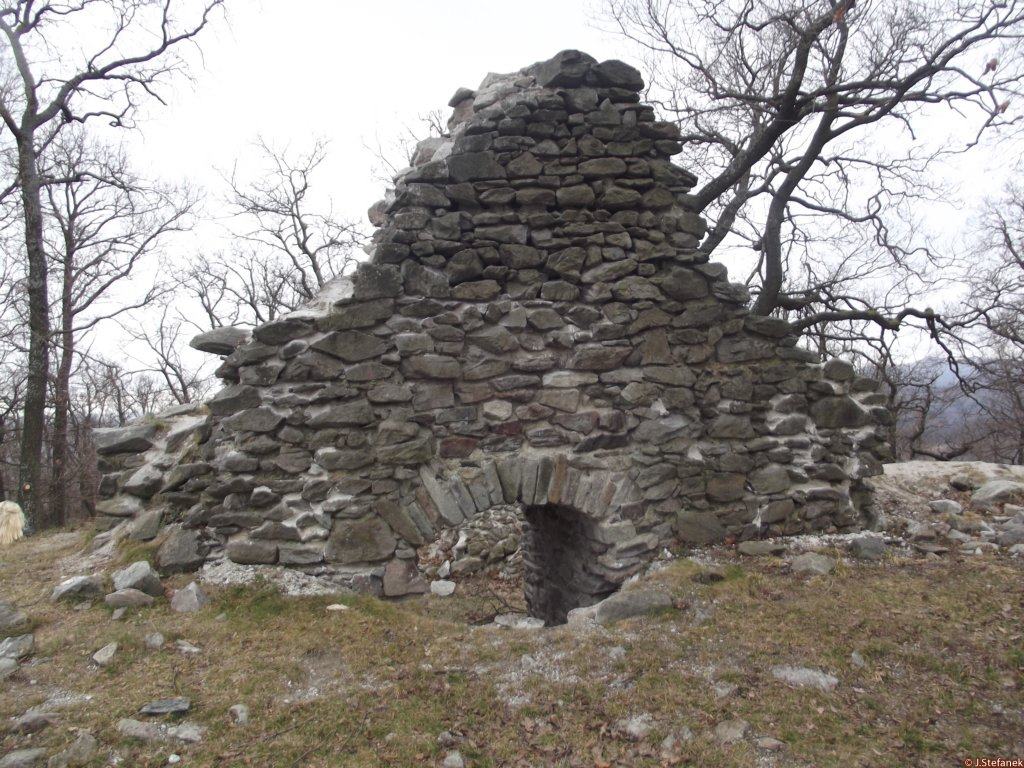
Čierny hrad
Zlatno
9.9km
castle ruin
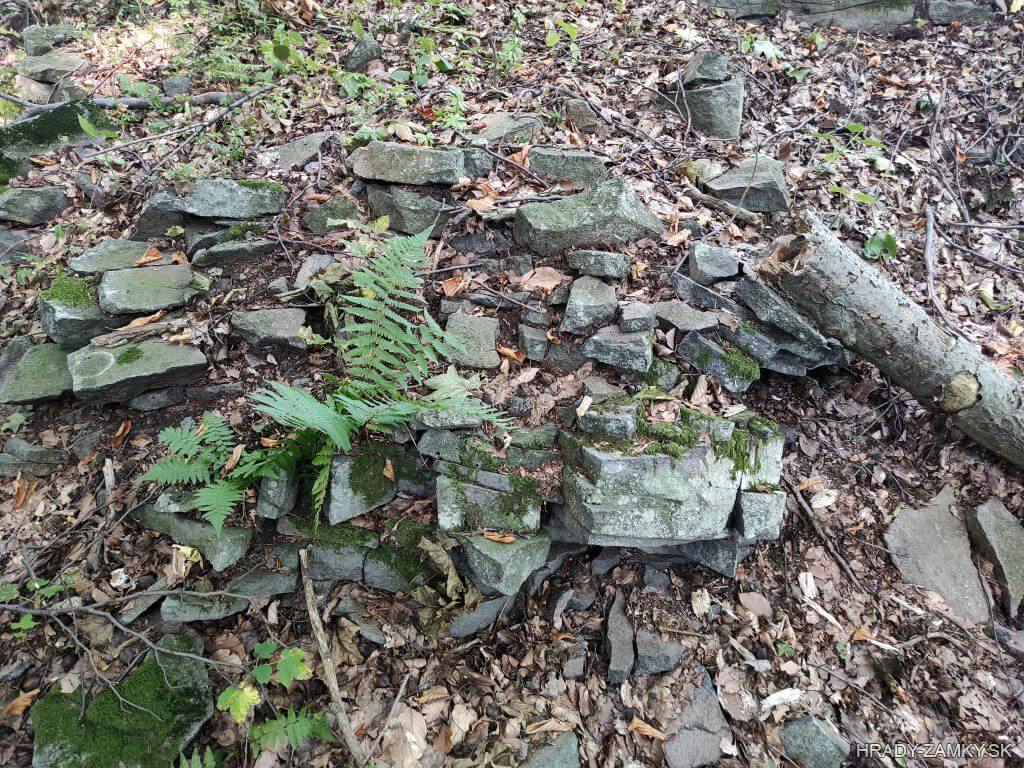
Nová Baňa
Nová Baňa
11.3km
castle ruin
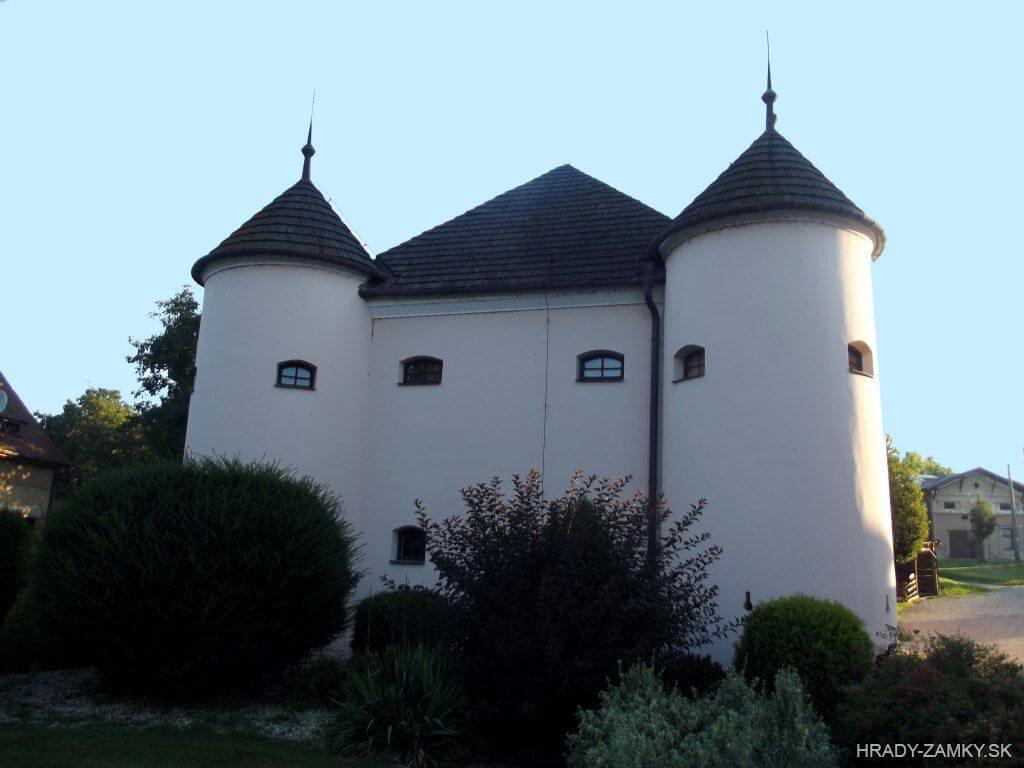
Klátova Nová Ves
Klátova Nová Ves
13.0km
manor, mansion

Veľké Uherce
Veľké Uherce
14.9km
manor, mansion
